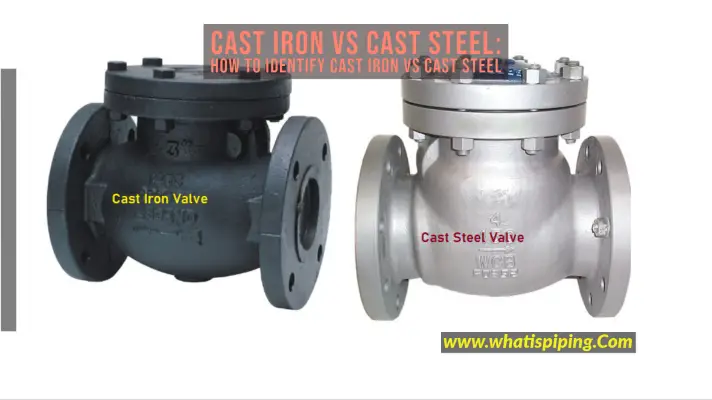madass140
VIP MEMBER
- Joined
- Nov 6, 2011
- Messages
- 2,125
Bradley, thats a very good thought, 5 or 10 years ago that wouldnt of been viable , but the advancement in CNC machining in the last 2-3 yrs is unbelievable and well worth consideration. My item would not be considered complex or a challenge for most up to date companies, with the fast measuring equipment available
now, it makes producing parts so much easier. I sometimes make a sample (alloy) then have the dimensions recorded at my local CNC machine shop on a Mituytoyo digital reading machine, then have my item cast and
return the castings back to the machine shop for machining, it works well,
I have no experience in steel castings but have no doubt a good foundry would be a one stop shop from start to finish. there is a million of them out there looking for business.
now, it makes producing parts so much easier. I sometimes make a sample (alloy) then have the dimensions recorded at my local CNC machine shop on a Mituytoyo digital reading machine, then have my item cast and
return the castings back to the machine shop for machining, it works well,
I have no experience in steel castings but have no doubt a good foundry would be a one stop shop from start to finish. there is a million of them out there looking for business.

